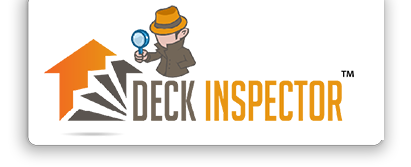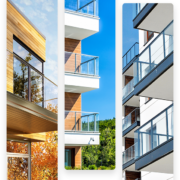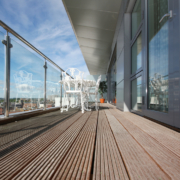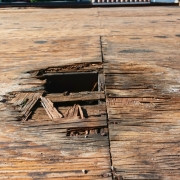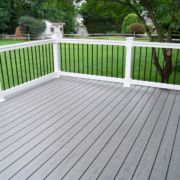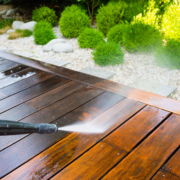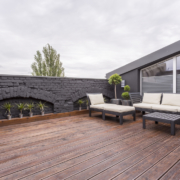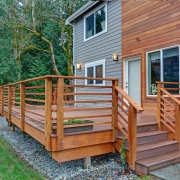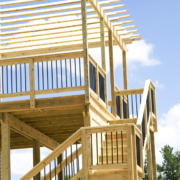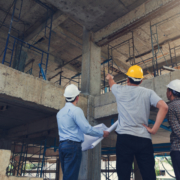How to choose the right deck materials for your multifamily dwelling unit
Living in a multifamily dwelling unit in Southern California often comes with the luxury of outdoor living spaces like decks and balconies. However, ensuring these spaces are safe, durable, and aesthetically pleasing requires careful consideration of the materials used. With mandatory inspections for multifamily dwelling unit decks in place, selecting the right deck materials is more important than ever. Here’s a comprehensive guide to help you make informed decisions when choosing materials for your multifamily dwelling unit deck.
Understanding the Importance of Multifamily Dwelling Unit Decks
Multifamily dwelling unit decks serve as extensions of living spaces, providing residents with areas for relaxation, entertainment, and socializing. However, these outdoor spaces are subject to wear and tear, weather exposure, and structural concerns. With mandatory inspections in place for multifamily dwelling unit decks, selecting the right materials is crucial to ensure compliance with regulations and maintain the safety and integrity of these spaces.
Factors to Consider When Choosing Deck Materials
Durability and Maintenance
One of the primary considerations when choosing deck materials for multifamily dwelling units is durability and maintenance requirements. Opt for materials that can withstand constant use, exposure to sunlight, moisture, and foot traffic without deteriorating quickly. Low-maintenance options like composite or PVC decking are resistant to rot, warping, and insect damage, making them ideal for multifamily dwelling decks.
Safety and Compliance
Compliance with building codes and safety standards is essential for multifamily dwelling unit decks, especially in light of mandatory inspections. Choose materials that meet or exceed safety requirements, such as fire-resistant decking or slip-resistant surfaces. Ensuring compliance with regulations promotes safety and minimizes the risk of liabilities for property owners.
Aesthetic Appeal and Design Flexibility
Consider the aesthetic appeal and design flexibility of different deck materials when making your selection. Multifamily dwelling unit decks contribute to the property’s overall curb appeal and visual appeal, so choose materials that complement the architectural style and enhance the outdoor living experience for residents. Wood, composite decking, or decorative concrete offer various colors, textures, and finishes to suit different design preferences.
Environmental Impact
Evaluate the deck materials’ environmental impact, considering sustainability, recyclability, and eco-friendly manufacturing processes. To minimize environmental footprint, choose materials sourced from responsibly managed forests or made from recycled materials. Sustainable options like reclaimed wood or composite decking made from recycled plastics can help reduce the ecological impact of multifamily dwelling unit decks.
Cost Considerations
Assess the cost-effectiveness of different deck materials, considering the initial purchase price and long-term maintenance and replacement costs. While some materials may have a higher upfront cost, they may require less maintenance and last longer, ultimately providing better value over time. Consider your budget constraints and long-term investment goals when selecting deck materials for multifamily dwelling units.
Installation and Warranty
Lastly, consider the ease of installation and warranty coverage offered by deck materials and manufacturers. Choose materials that are easy to install and come with comprehensive warranty coverage to protect against defects or premature wear. Additionally, consider hiring experienced contractors familiar with the installation requirements of the chosen materials to ensure a seamless and professional installation process.
In conclusion, choosing the right deck materials for multifamily dwelling units requires careful consideration of durability, safety, aesthetic appeal, environmental impact, cost-effectiveness, and installation requirements. By selecting materials that meet property owners’ and residents’ specific needs and preferences, you can create safe, durable, and visually appealing outdoor spaces that enhance the overall living experience in multifamily dwelling units.
Learn more about Deck Inspectors of Southern California by clicking here!
Deck Inspectors for Southern California is happy to offer our services in Los Angeles, Orange County as well as San Diego and all Southern California surrounding areas like: Glendale, Pasadena, Burbank, Santa Monica, Anaheim, Temecula, Vista, Escondido, Carlsbad, and El Cajon
